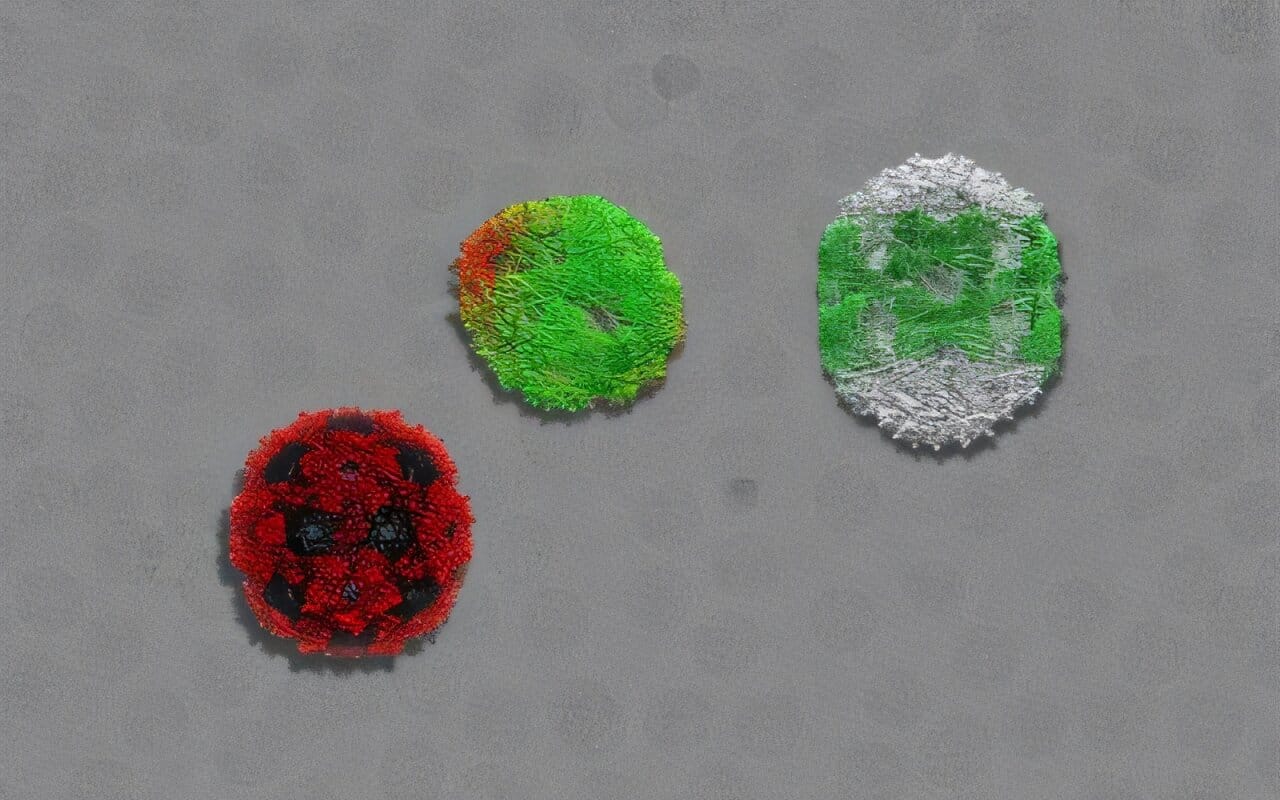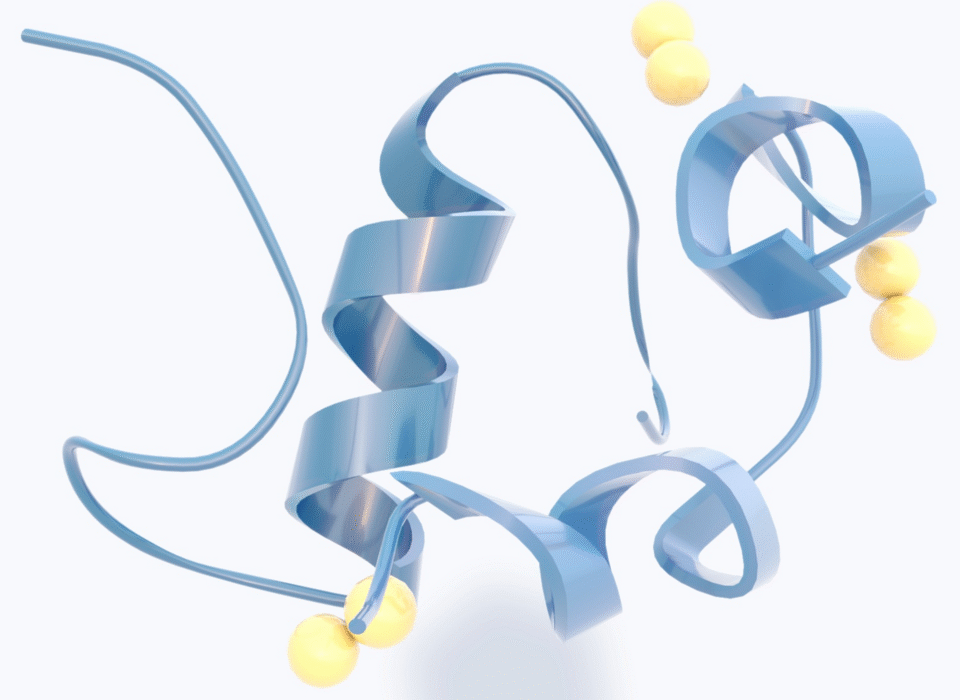Viruses are among the most efficient builders on Earth. With astonishing precision, they can pack fragile strands of genetic material into microscopic shells, ensuring their survival and spread. For decades, scientists have marveled at how these simple entities, some made from fewer than 200 molecules, pull off such feats of molecular engineering.
Now, researchers at San Diego State University and Michigan State University have uncovered new details about how viruses achieve this delicate choreography. Their study, published in the Proceedings of the National Academy of Sciences, shows that viruses don’t rely on a single molecular trick. Instead, they use a combination of RNA properties — including sequence, structure, and length — to package their genetic cargo with near-perfect accuracy.
The discovery is more than a triumph of curiosity. It could open the door to designing synthetic viral shells in the lab, tools that may one day fight disease instead of causing it.
Building the Perfect Shell
Every virus faces the same fundamental challenge: its genetic instructions must be protected long enough to invade a host cell and replicate. The solution is a capsid, a nanoscale protein shell that encases viral RNA like armor plating. Without it, viral RNA would be destroyed in the hostile environment of a cell.
But here lies the puzzle. Inside an infected cell, viral RNA is just one strand among thousands of competing molecules. Somehow, viruses can identify and select only their own genome, ignoring everything else, and then fold it neatly into a perfectly symmetrical shell. In the case of some viruses, this happens with 99% fidelity — an efficiency that puts even the most advanced human manufacturing to shame.
“We know that these viruses are incredibly selective, and they do it with breathtaking accuracy,” said Kristin Parent, director of MSU’s Cryo-EM Facility and co-author of the new study. “Understanding how they manage that opens up new opportunities for antiviral design and biotechnology.”
A Soccer Ball Made of Proteins
To unravel this mystery, the team studied MS2, a bacteriophage that infects E. coli. MS2 is a classic model virus, both simple and elegant. Its shell is made from 180 identical proteins arranged into a geometric sphere with 20 triangular faces. Under a microscope, it looks like a miniature soccer ball.
When MS2 infects a bacterium, it injects its RNA and hijacks the host’s machinery to make more viral parts. As the cycle unfolds, coat proteins begin to self-assemble around the viral RNA, producing new, fully formed capsids. Eventually, the host cell bursts, releasing a fresh army of viral copies.
The big question for the researchers: how do those proteins know which RNA to wrap up and which to ignore?
Beyond the “Packaging Signal”
Previous studies suggested that MS2 relied on a specific molecular landmark — a hairpin-shaped structure in its RNA called the TR stem-loop. This motif was thought to act like a “start here” tag, guiding coat proteins to begin packaging.
But the new research revealed that the story is more complex. To test the idea, the scientists scrambled MS2’s genome into dozens of variations, altering the RNA’s sequence, structure, and length. Then they watched what happened as proteins tried to package these mutant RNAs.
The results were striking. Some RNAs led to malformed capsids, too small to hold the genome. Others caused oddly shaped shells, inefficient at protecting the RNA inside.
What emerged was a new understanding: the TR stem-loop is not the whole story. Instead, viral packaging depends on a network of RNA features — loops, bulges, lengths, and sequences — all working together to guide coat proteins toward successful assembly.
“It’s not just one signal but a symphony of properties,” said Rees Garmann, senior author of the study and assistant professor of chemistry and biochemistry at SDSU. “The proteins and the RNA communicate in ways that ensure remarkable precision.”
Why This Matters for Medicine
Understanding viral packaging is more than a scientific curiosity. It could have profound implications for human health.
Viruses are nature’s most prolific builders, and by borrowing their tricks, scientists hope to engineer synthetic capsids — artificial shells that can carry therapeutic RNA instead of viral genomes. These could form the basis of new vaccines, gene therapies, and antiviral treatments.
“From a health perspective, targeting RNA packaging could help us design antivirals for humans, plants, and animals,” Parent explained. “And if we can build our own capsids, we can deliver genetic cargo with the same efficiency viruses use, but for beneficial purposes.”
The implications stretch even further. Since bacteriophages are the most abundant viruses on Earth — there are more in two handfuls of lake water than humans on the planet — understanding their packaging rules could also shed light on global ecosystems and microbial life.
The Poetry of RNA Origami
Unlike DNA’s rigid double helix, RNA is single-stranded and flexible, capable of folding into elaborate shapes. This origami-like quality means RNA can form intricate loops and hairpins that influence how proteins interact with it.
By systematically tinkering with RNA’s structure, the researchers discovered that it’s this structural versatility, combined with specific sequences, that helps viruses achieve their packaging precision. The RNA doesn’t just sit passively inside the shell — it actively participates in shaping the capsid around itself.
“Some RNA viruses are built from fewer than 200 molecules,” Garmann said. “And yet they are able to accomplish remarkable feats, like replicating in astronomical numbers and building precise nanoscale structures.”
Rewriting the Rulebook of Viral Biology
The work at SDSU and MSU adds a crucial piece to the puzzle of how viruses operate at the molecular level. It shows that viral packaging is not dictated by a single switch but by a collective of subtle signals — a finding that reshapes long-held assumptions.
For researchers, this insight opens a new era of designing virus-inspired tools. Instead of fearing their efficiency, scientists could repurpose it, building synthetic capsids to carry life-saving therapies.
Viruses, once seen only as enemies, may prove to be some of humanity’s greatest teachers in the art of molecular engineering.
More information: Amineh Rastandeh et al, Measuring the selective packaging of RNA molecules by viral coat proteins in cells, Proceedings of the National Academy of Sciences (2025). DOI: 10.1073/pnas.2505190122






